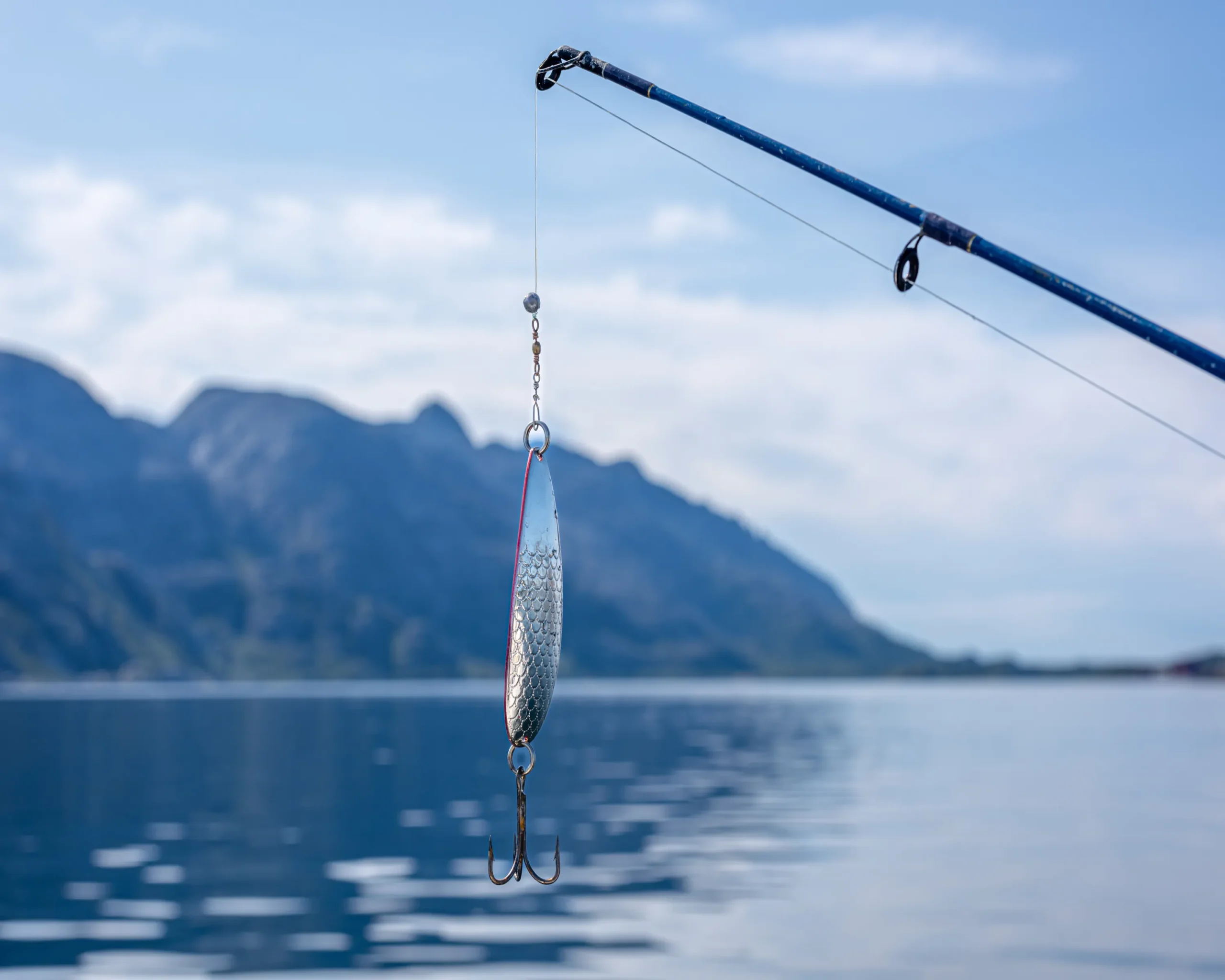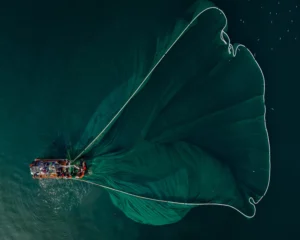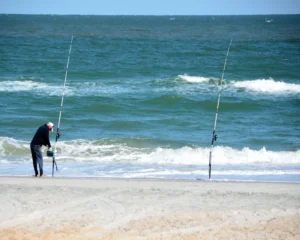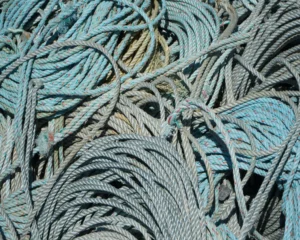Read in Urdu Language Click Here.
Jigging:
Jigging is a fishing technique that involves moving or jerking a fishing lure or bait, known as a jig, in a vertical or nearly vertical motion. This method is commonly used in both freshwater and saltwater environments and can be effective for targeting a variety of fish species.

Here are key aspects of jigging:
-
Jigging Lures:
Jigs are specialized fishing lures that typically consist of a lead or tungsten head and a trailing hook. They come in various shapes, sizes, and colors, with some mimicking baitfish, insects, or other prey.
-
Vertical Motion:
Jigging is characterized by a vertical or near-vertical motion of the lure. Anglers use a rod and reel to manipulate the jig up and down through the water column.
-
Techniques:
Jigging techniques vary depending on the target species and the type of jig used. Common techniques include:
Vertical Jigging:
Lifting and dropping the jig straight down beneath the boat or ice hole.
Pitching:
Casting the jig away from the boat or shoreline and working it back towards the angler.
Darting:
Using sharp, erratic movements to imitate an injured or fleeing prey.
-
Depth Control:
Anglers adjust the depth of the jig to match the location of the fish in the water column. This can involve using different weights or allowing the jig to sink for a longer or shorter duration.
-
Target Species:
Jigging can be effective for a wide range of fish species, including walleye, perch, bass, trout, panfish, pike, and saltwater species like cod, snapper, and grouper.
-
Jigging Rods and Reels:
Specialized jigging rods are often shorter and more sensitive, allowing anglers to feel the subtle strikes or changes in the bottom structure. Reels with a high retrieval rate are preferred for jigging to keep the line tight.
-
Bait Options:
Jigs can be tipped with live bait such as minnows, worms, or leeches to enhance their attractiveness. Soft plastic trailers are also commonly used to add movement and mimic various prey.
-
Ice Fishing Jigging:
Jigging is a popular technique in ice fishing. Anglers drill holes through the ice and jig vertically to attract and catch fish residing beneath the ice.
-
Technological Aids:
Modern fish finders with advanced sonar technology are often used in conjunction with jigging to locate fish and understand their behavior and depth.
-
Jigging Spoon:
A specific type of jig commonly used in ice fishing and open water, the jigging spoon has a flat, spoon-shaped design that produces a fluttering action during the jigging motion.
-
Jigging for Saltwater Species:
In saltwater, jigging is widely used for species like tuna, kingfish, striped bass, and various reef fish. Heavy jigs are often employed to reach deeper depths.
Jigging is a versatile fishing technique that requires finesse and attention to the movements of the lure. It’s effective in a variety of fishing scenarios and can be adapted to different species and environments.
Read in Urdu Language Click Here.




